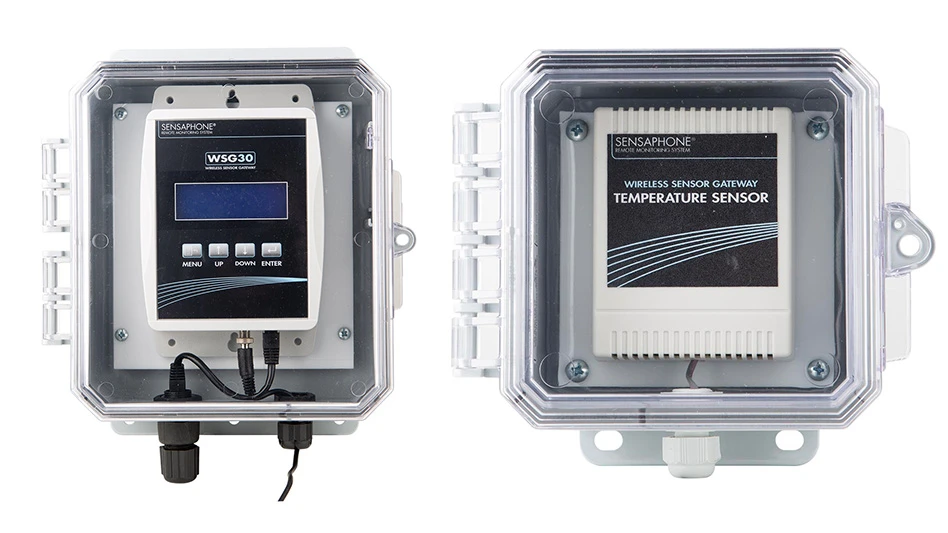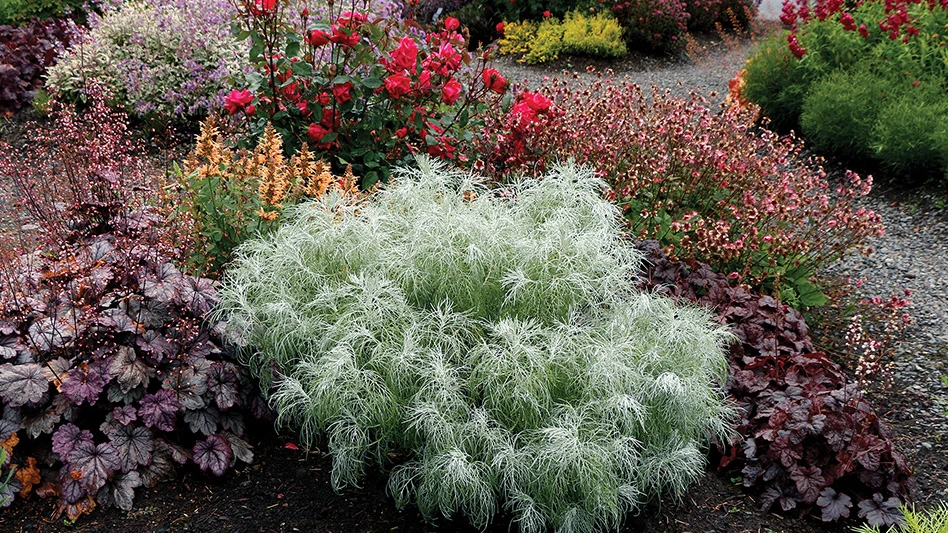
GAINESVILLE, Fla. — What economists call the 'green industry' — nursery and greenhouse production, landscape services and horticultural product distribution − is bringing plenty of green to a lot of people across the country. A new study by the University of Florida Institute of Food and Agricultural Sciences shows that the industry generated $196 billion in revenues annually, and more than two million jobs in the United States.
“Our study demonstrated that this industry is a very large employer,” said Alan Hodges, Extension scientist with the UF/IFAS food and resource economics department and lead author of the study. “It exists in virtually every community in the U.S. The rise of large retail chain stores with garden departments has made plants and other horticultural products more readily available to consumers than ever before.”
Green industry products include sod, flowers, bedding plants, tropical foliage, trees and shrubs, among other types of plants. The industry also includes many businesses that provide services such as landscape design, installation and maintenance, plus firms — such as lawn and garden stores — for wholesale and retail distribution of horticultural products, Hodges said.
The $196 billion estimate for revenue contributions by the industry includes additional impacts arising through the industry supply chain — for example, fertilizers and chemicals purchased by nursery growers. It also reflects spending of household income by industry employees and tax revenues generated by the industry, Hodges said.
The study compared industry activity in 2013 to previous studies for 2002 and 2007-08. Employment in the industry went up 4.4 percent between 2007 and 2013. Hodges called that a “modest gain,” after recovering from the recession of 2008-10. The landscape services sector showed the biggest job gain, with 24 percent, while retail florists lost the most jobs, a 49 percent decline, from 2001 to 2013, the study reported.
Still, direct green industry employment was 1.6 million nationwide in 2013, according to the study, published in the journal HortTechnology.
“It is indeed a lot of jobs,” Hodges said. “This is perhaps the most important result of our study, because it demonstrates the labor-intensity of this industry, particularly the services sectors. To make a comparison to another large industry in the U.S., this is about the same number of jobs in retail clothing and accessory stores.”
Photo: Dreamstime.com
Latest from Greenhouse Management
- Meet the All-America Selections AAS winners for 2025
- AmericanHort accepting applications for HortScholars program at Cultivate'25
- BioWorks hires Curt Granger as business development manager for specialty agriculture
- 2025 Farwest Show booth applications now open
- Bug budget boom
- Don’t overlook the label
- Hurricane Helene: Florida agricultural production losses top $40M, UF economists estimate
- No shelter!





